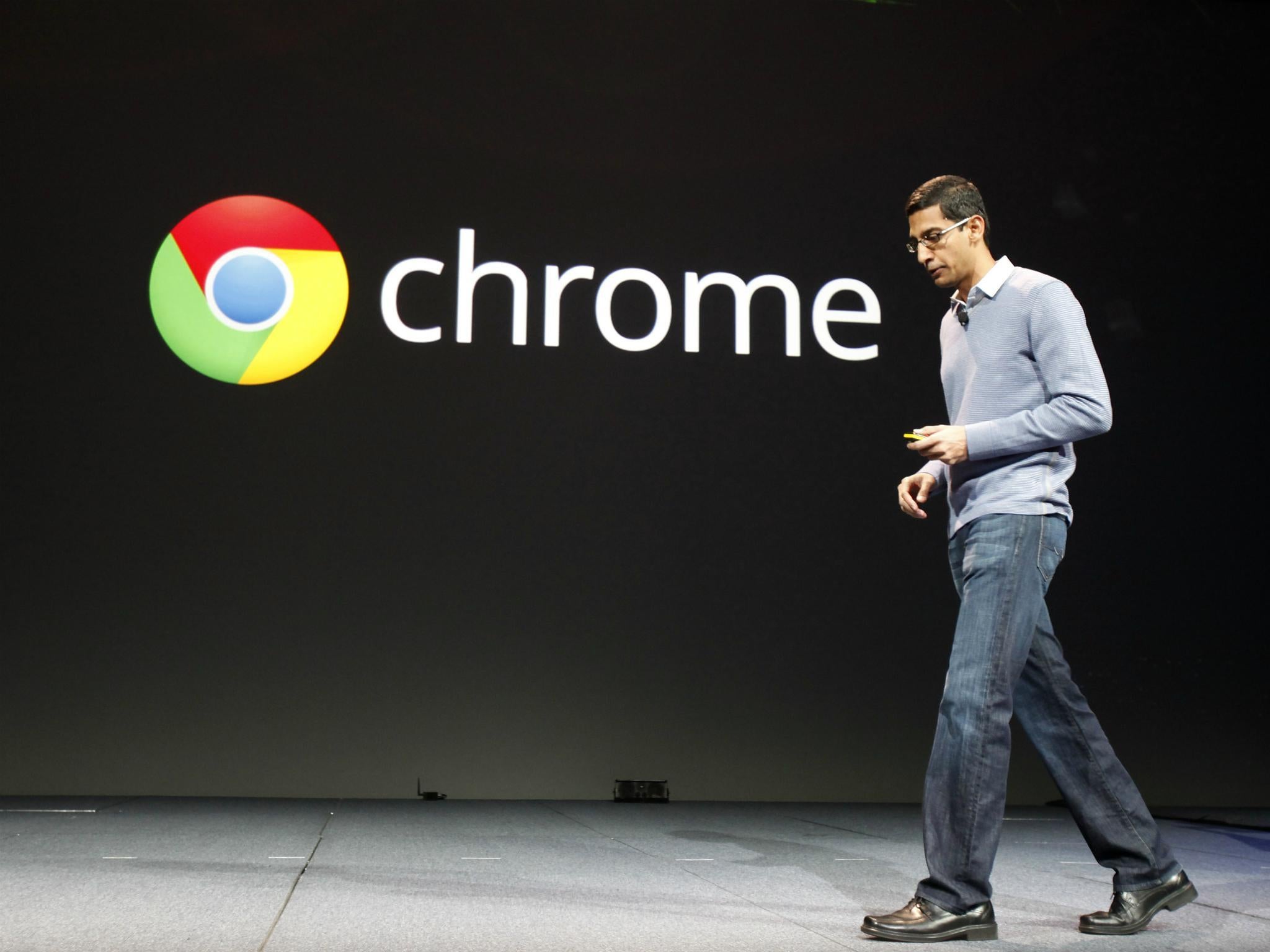The Independent's journalism is supported by our readers. When you purchase through links on our site, we may earn commission.
Google Chrome scam tries to scare users into paying for tech support by freezing browser
The web browser is being bombarded with downloads, causing it to stop responding

Tech support scammers are attempting to scare Google Chrome users into paying for their services.
They‘ve found a way to “freeze” the web browser, so you won’t be able to close it. A popup message then appears on-screen, prompting you to call a phone number so “engineers can walk you through the removal process”.
The aim of the campaign is to cause panic and try to trick victims into paying for tech support that they don’t actually need, which can lead to their credit card information being stolen.
The technique was spotted by cyber security firm Malwarebytes, which says most of these campaigns come from malicious adverts and infected websites, and that the primary targets are Google Chrome users on Windows.
“During the past quarter we have noted an increase in fake browser alerts pushing tech support scams,” the company said.
“Most of these campaigns come from malicious advertising but also via compromised web sites. Crooks are using all sorts of tricks to not only scare users but also to try and ‘lock’ their browsers.”
According to Malwarebytes, scammers are successfully managing to freeze the Chrome browser by bombarding it with hundreds of downloads in quick succession.
“It happens too fast to see how it works, but you may be able to spot it with a powerful enough machine and if you try to close the tab early on,” the company says.
“That code triggers a very large number of downloads in rapid fire, which causes the browser to become unresponsive within a few seconds, and unable to be closed via normal means.”
The popup message that appears claims a victim’s computer has been infected by a virus, and says that sensitive information including their Facebook login, credit card details and photos are being stolen.
It also advises victims to call a particular number – which is claimed to belong to a legitimate technology company – within five minutes, to prevent their computer being “disabled”.
“Considering that Chrome has the most market share in the browser category, this is yet another example of the desire for threat actors to deploy new social engineering schemes,” said Malwarebytes.
“Since most of these browser lockers are distributed via malvertising, an effective mitigation method is to use an ad-blocker.
“As a last resort, the Windows Task Manager will allow you to forcefully quit the offending browser processes.”
Join our commenting forum
Join thought-provoking conversations, follow other Independent readers and see their replies
Comments
Bookmark popover
Removed from bookmarks